#nazca art
Text

Wool and cotton embroidery, Nazca, 100-300 AD
from The Yale University Art Gallery
877 notes
·
View notes
Text
For #SharkAwarenessDay:
There are so many cool animal designs on Nazca ceramics - here are two polychrome vessels ringed with vertical sharks, on display at the Field Museum:
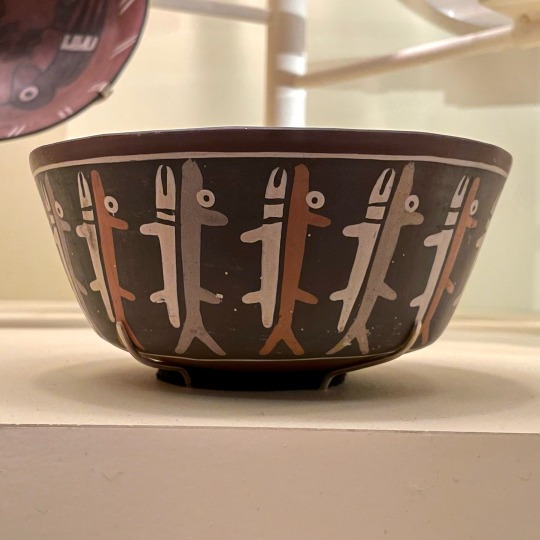
1. c. 100 BCE - 300 CE, Ica Region, Peru

2. c. 300 - 500 CE, Ica Region, Peru
#Nazca art#Peruvian art#South American art#Indigenous Art#Field Museum#museum visit#animal holiday#animals in art#Shark Awareness Day#shark#sharks#ceramics#polychrome#pre conquest art#ancient art
187 notes
·
View notes
Photo
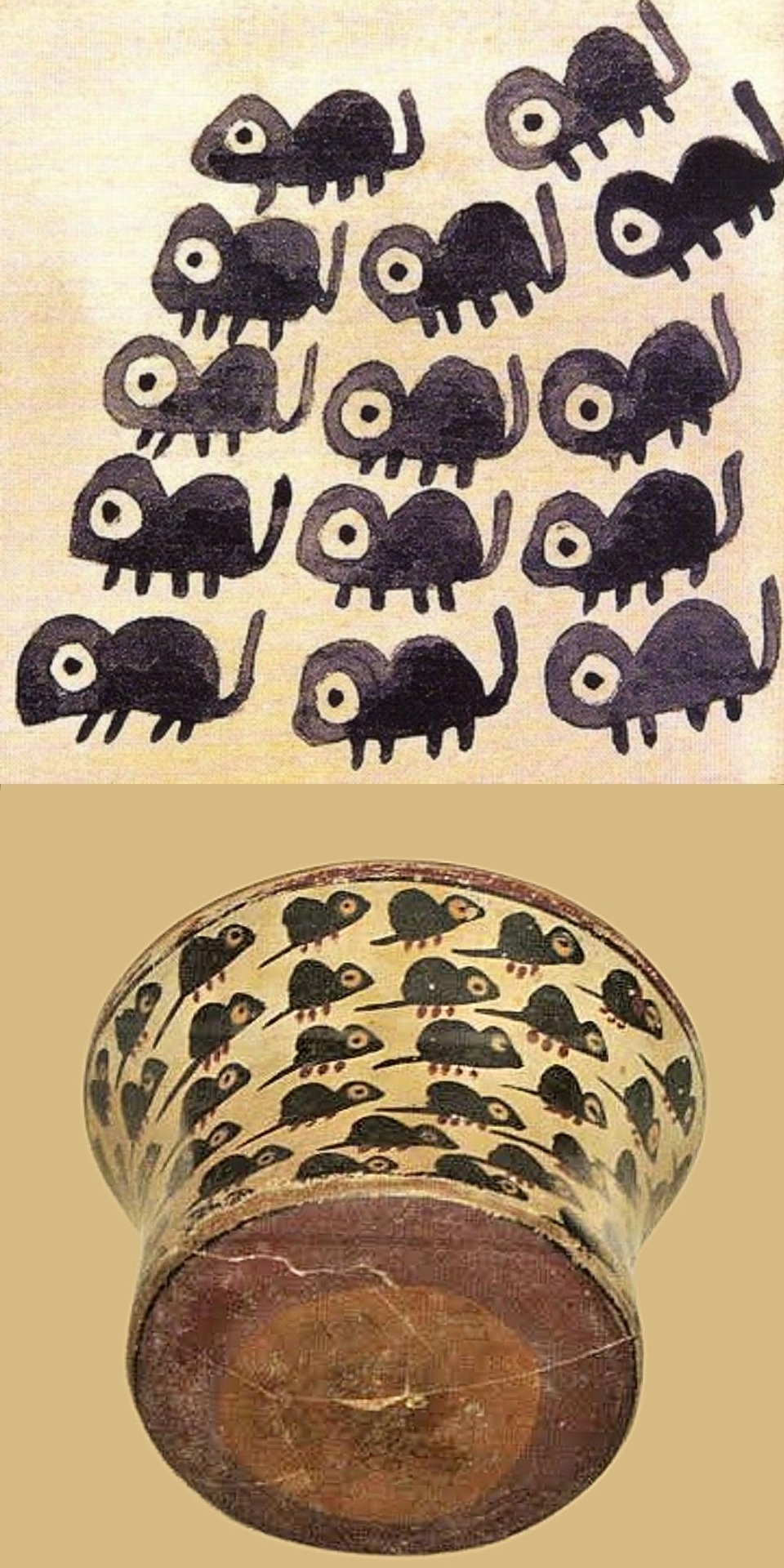
Bowl Depicting a Swarm of Mice. Medium: ceramic and pigment Period: 180 BC - 500 AD. Culture: Nazca; South coast, Peru. Now on display at the Art Institute of Chicago. Illustration by Elena Izcue (1889-1970).
29K notes
·
View notes
Text

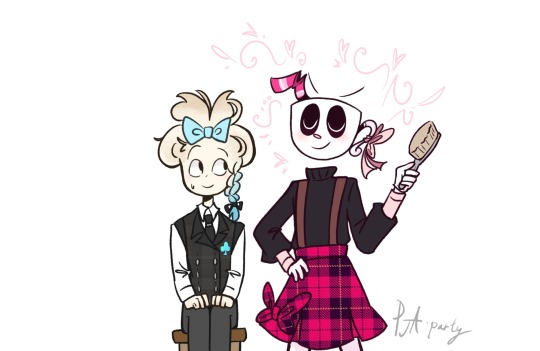
Everyone likes Nazca's fluffy & soft fur
🚫Please do not repost or trace my artwork! 🚫AI learning prohibit🚫
Cupbros blog |Main blog| Twitter | Patreon
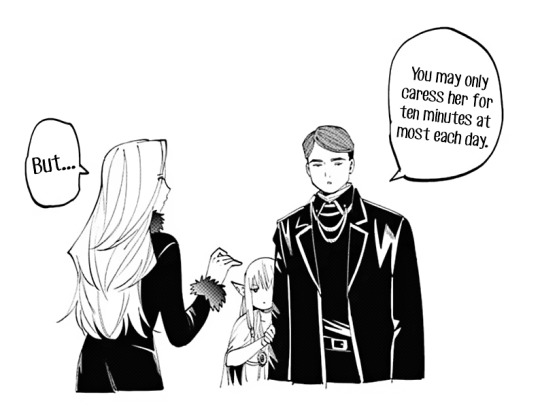

References
#cuphead#cuphead and mugman parents#cuphead parents#cuphead oc#the legacy of inkwell isle#cuphead fanart#cuphead dont deal with the devil#walter watterson#Chalice#ms chalice#Nazca#art#utena teacup#cddwtd
227 notes
·
View notes
Text

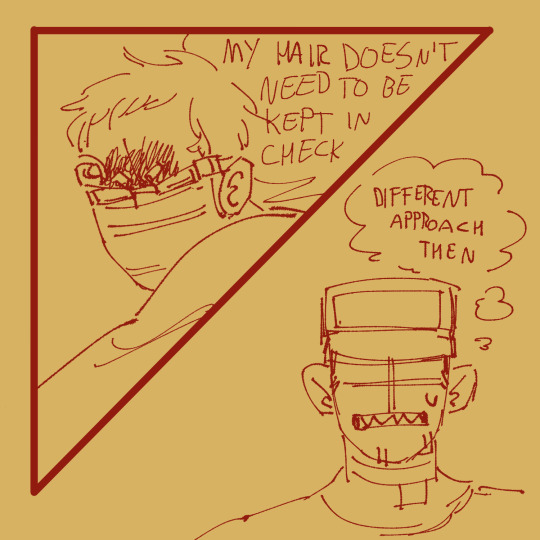





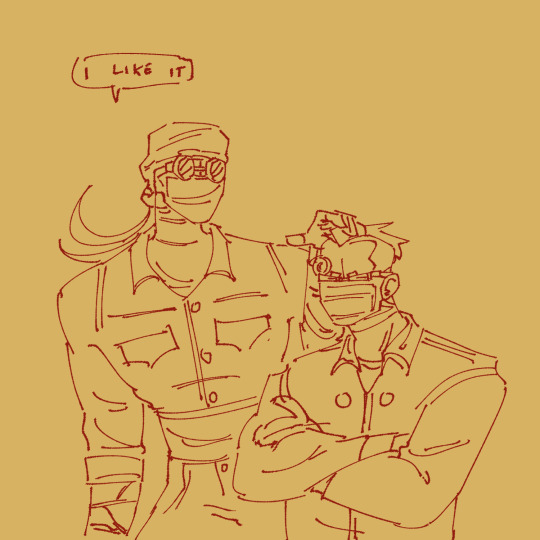
Them. They be on the mind
#this is the second time i make fanart about homemade haircuts#they are a very special demonstration of care to me#madness combat#madcom 2bdamned#madcom deimos#madcom sanford#madcom hank#polycombat#el q tiene miedo a morir q no nazca#art tag
436 notes
·
View notes
Text
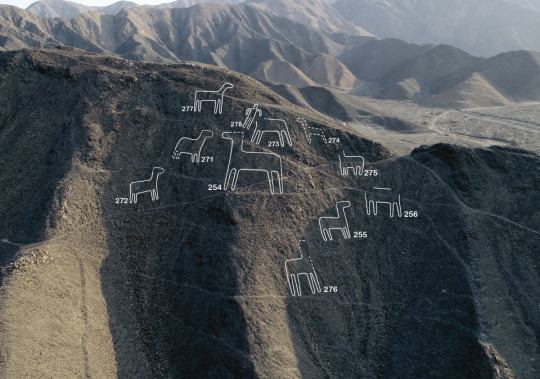
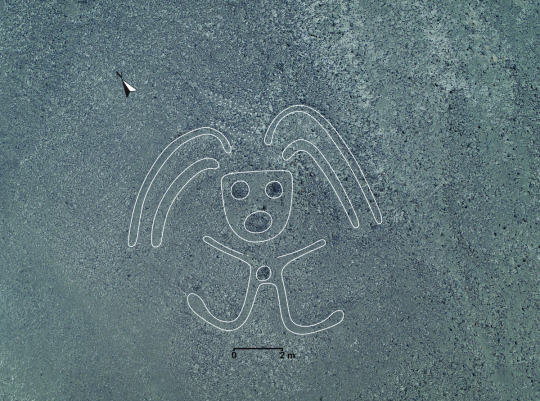
Archaeologists discovered 168 geoglyphs near the arid Nazca plain in Southern Peru. The new findings, which encompass images of humans, birds, snakes, cats, and killer whales, date between 100 BCE and 300 CE, when the pre-Incan Nazca civilization lived in the region. The discovery adds to nearly 1,000 straight lines and hundreds of figurative drawings that have so far been identified as part of the vast Nazca lines.
Professor Masato Sakai of Yamagata University in Japan and Peruvian archaeologist Jorge Olano led the recent survey. The team used aerial photographs, some captured by drones, to decipher the figures. Most of the newly discovered figures are relatively small — less than 32 feet wide — and many were drawn on hillsides.
Elaine Velie reports.
870 notes
·
View notes
Text
Nazca (oc by @pja-party)
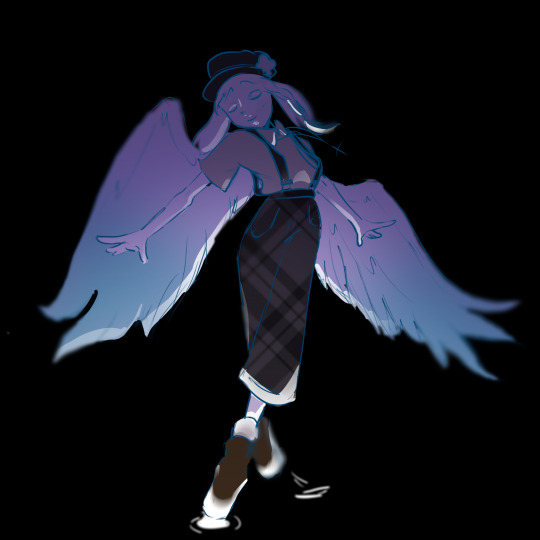
#artists on tumblr#cuphead#digital art#my art#drawing#digital illustration#artwork#doodle#digital painting#oc tag#others ocs#oc#oc art#fanart#nazca#Nazca cddwtd#cddwtd#cuphead au#cuphead don’t deal with the devil#cuphead oc#cuphead fanart#casino cups fanart#casino cups oc#casino cups au
96 notes
·
View notes
Text

A pair of gold birds, Nazca, 150-300 AD
from Dumbarton Oaks
531 notes
·
View notes
Text
I was just in Detroit, for reasons, and stopped in at their Detroit Institute of Arts
and now I have to compose an email to the curation team
because I believe that they are Wrong about this pot:
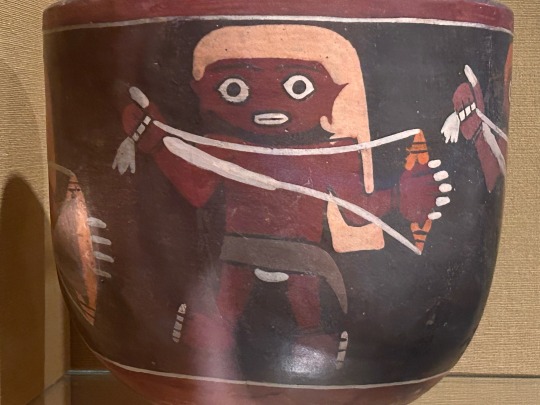
The display label said “Bowl Painted with Children Spinning Yarn, about 400, Ceramic, Unknown artist, Nasca culture, Peru.” (The collection label is “Bowl Decorated with Men Spinning, between 200 BCE and 200 CE, Nazca, Precolumbian” which is a weird discrepancy but not the point)
The point is, this simply isn’t what spinning looks like. I don’t think anyone in human history has attempted to make yarn this way. It is certainly not how the Nasca bead spindle or the modern Southern Quechua pushka are used.
I’m fairly certain that they are actually holding slings, slingshots. Virtually unchanged from the Nasca culture to the modern Southern Quechua, with a tassel at one end and a slit pouch.
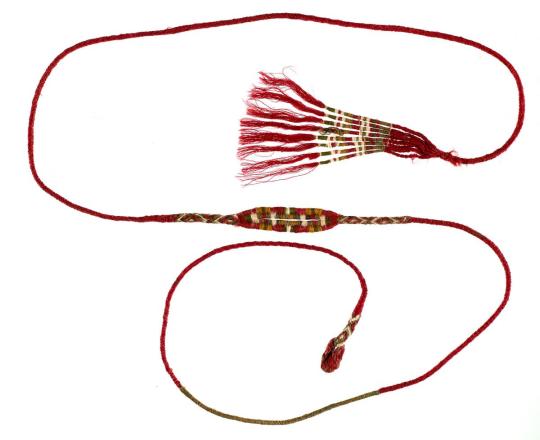
@tlatollotl care to give me a vibe check? before I compulsively pester an institution?
#undescribed#hand spinning#spinning#handspinning#yarnblr#museum#museum curator#nazca#quechua#peru#precolumbian#precolumbian art
125 notes
·
View notes
Text
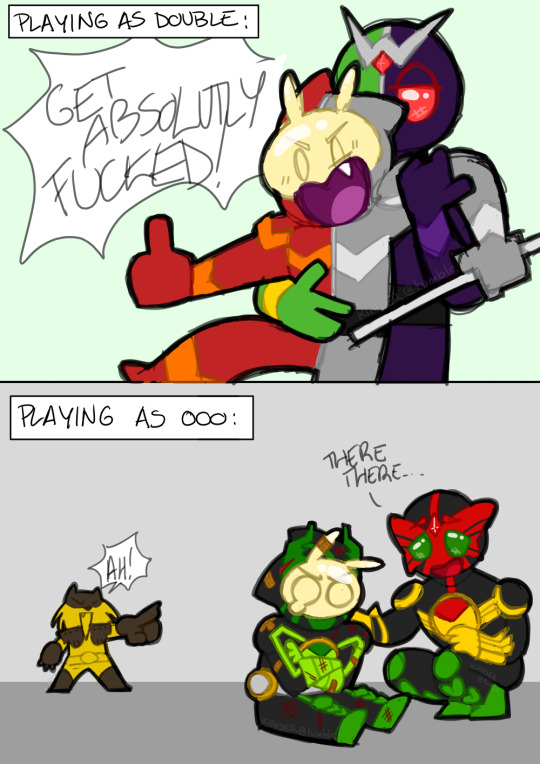
[24/02/2024]
Okay hear me out. If your main mechanic for telegraphing attacks is a red light on the floor, you can't give me a grate floor >:( (<-salty bc they're bad at the game)
#kamen rider memories of heroez#kamen rider double#kamen rider w#kamen rider ooo#shotaro hidari#philip (w)#eiji hino#kazari (ooo)#my art#let me play as double game pls i swear i can beat him if you give me back HeatJoker#this guy has so much armor and ooo is terrible for breaking armor i just want Heat back#kiri.games#i have more serious drawings planned (the nazca scene.... o|-( ) but for now have me being bad at the game lol
32 notes
·
View notes
Text

Shell inlaid with a kitty, Nazca culture, Peru, 1st century BC - 7th century AD
from The Cleveland Museum of Art
867 notes
·
View notes
Photo

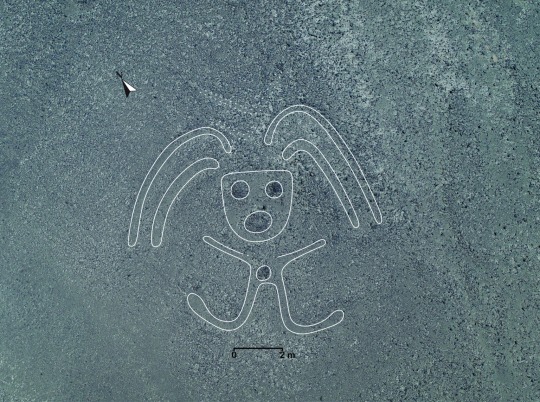
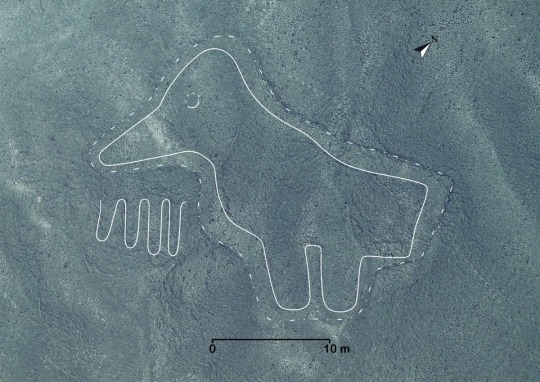
168 New Geoglyphs Discovered in Peru !
Archaeologists discovered 168 geoglyphs near the arid Nazca plain in Southern Peru. The new findings, which encompass images of humans, birds, snakes, cats, and killer whales, date between 100 BCE and 300 CE, when the pre-Incan Nazca civilization lived in the region. The discovery adds to nearly 1,000 straight lines and hundreds of figurative drawings that have so far been identified as part of the vast Nazca lines.
The Nazca people created the works by removing the earth’s top layer of black stone to reveal the white sand below, and although the exact function of the lines is unknown, they are thought to have served a ritualistic purpose in relation to astrology.
Professor Masato Sakai of Yamagata Unviversity in Japan and Peruvian archaeologist Jorge Olano led the recent survey The team used aerial photographs, some captured by drones, to decipher the figures. Most of the newly discovered figures are relatively small — less than 32 feet wide — and many were drawn on hillsides.
Yamagata University began surveying the Nazca lines in 2004. The university last announced new findings in 2019, and so far, Yamagata University has identified a total of 358 previously unknown geoglyphs.
The 290-square-mile protected region that contains most of the Nazca lines is a UNESCO World Heritage Site. Most of the works remain in good condition, although the 1937 construction of the Pan-American highway cut through some, and the ancient lines have sustained isolated damage in the past decade. In 2014, Greenpeace activists staged a protest that damaged the geoglyphs, and in 2018, a truck driver drove through the area and cut through three of the drawings. Sakai warned that mining initiatives could threaten the Nazca lines, and the university stated that it plans to use artificial intelligence to establish the lines’ distribution patterns, which will be used to further conservation efforts.
Words by Elaine Velie / Courtesy of Hyperallergic
#art#design#history#style#nazca#nazca lines#south america#birds#animals#geoglyphs#unesco#peru#snakes#whale#human#elaine velie#hyperallergic
244 notes
·
View notes
Text
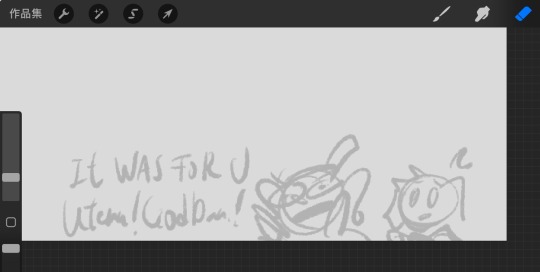
About the previous comic…
Chalice* somewhere, totally not spying on her cousin & his crush *:
"It WAS FoR U, Utena! Goddamn it!"
26 notes
·
View notes
Text
Been obsessing over Nazca art lately so I've done some studies of the most commonly occurring critters. Thinking of getting some tattooed.




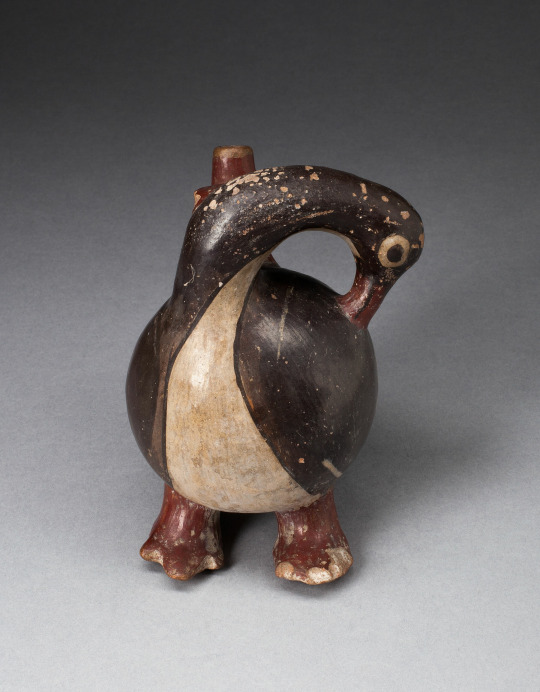
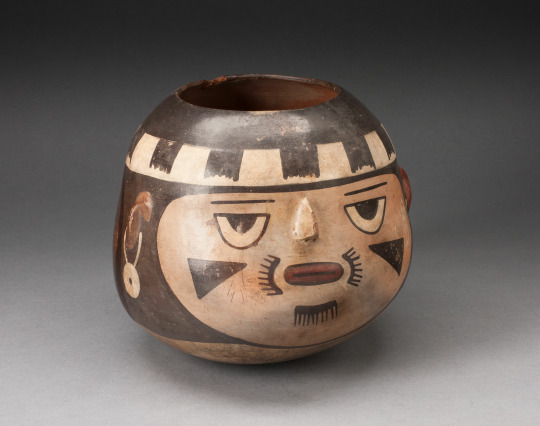
Look at this delightful pottery! LOOK!
112 notes
·
View notes
Photo

Lobster Effigy Vessel
ceramic - Nazca culture - South Coast, Peru - c.300-600 CE
204 notes
·
View notes
Photo
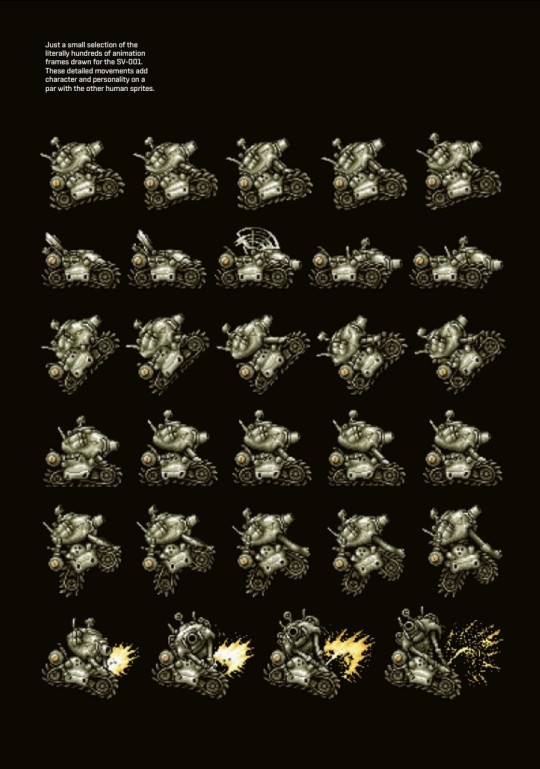
#Metal Slug#メタルスラッグ#Nazca Corporation#SNK#design#art#pixel design#pixel art#gaming#retro gaming#video games#ドット絵
61 notes
·
View notes